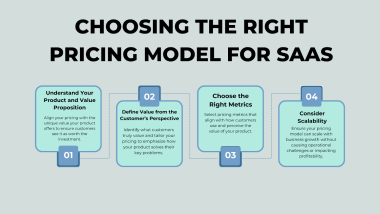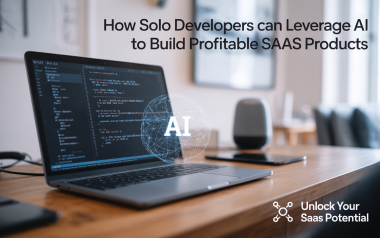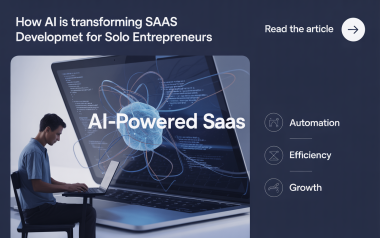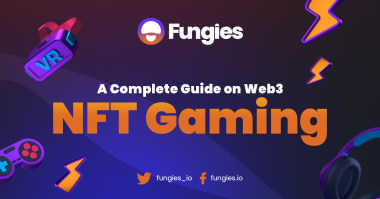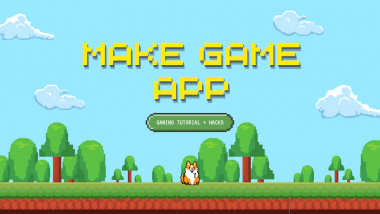Solo developers can now harness the power of artificial intelligence tools to compete with larger teams in the SaaS market, automating repetitive tasks while focusing on core development. By integrating AI solutions strategically, independent developers can overcome resource limitations and accelerate product development cycles, creating sophisticated applications that rival those built by established companies.
Key Takeaways
- AI-powered development tools like HuggingFace and LangChain can reduce coding time by automating repetitive tasks and improving code quality
- No-code and low-code platforms enable rapid application development without extensive programming knowledge, perfect for solo founders
- Generative AI can handle content creation and customer support, allowing developers to focus on core product features
- Open-source AI frameworks provide cost-effective solutions for adding intelligent features to SaaS applications
- Selecting the right technology stack is crucial for scalability and long-term maintenance when operating with limited resources
Harnessing AI-Powered Development Tools
The development landscape has transformed dramatically with the arrival of AI-assisted coding tools. Platforms like Cursor AI, HuggingFace, and LangChain now offer capabilities that feel like having an extra team member alongside you, suggesting code completions and helping debug complex issues.
These tools can analyze your codebase and provide intelligent recommendations that align with your coding patterns. I’ve found that implementing AI code assistants can reduce development time by up to 30-40% for many common tasks, allowing solo developers to focus on higher-value work.
Key AI development tools that solo developers should consider include:
- Code generation assistants that create boilerplate and routine functions
- AI-powered code review tools that catch bugs before they reach production
- Natural language interfaces that convert requirements into functional code
- Testing automation tools that generate comprehensive test cases
Building with No-Code and Low-Code Platforms
The rise of no-code development platforms has been a game-changer for solo entrepreneurs. These platforms provide visual interfaces to build applications without writing extensive code, making development accessible to those with limited programming experience.
Platforms like Bubble.io, Flutterflow, and Webflow enable the creation of sophisticated SaaS applications in a fraction of the time traditional coding would require. According to RapiDevelopers, these tools can reduce development time by up to 80% for certain types of applications, allowing solo founders to launch faster and iterate based on user feedback.
The key advantages of using these platforms include:
- Dramatically reduced time-to-market for new features
- Lower development costs with fewer technical resources required
- Built-in responsive design and cross-platform compatibility
- Visual development interfaces that simplify complex interactions
Leveraging Generative AI for Content and Support
Solo developers often struggle to create high-quality content for marketing, documentation, and support while maintaining focus on product development. Generative AI tools can now produce blog posts, help documentation, tutorial videos, and marketing copy that previously required dedicated content teams.
These AI assistants can analyze your product, understand its features, and generate targeted content that addresses user needs. SaaS AI Tools demonstrates how generative AI can be used to create consistent brand messaging across multiple channels, improving SEO ranking and user engagement while freeing developers to focus on technical work.
Implementing AI for customer support offers similar benefits:
- Chatbots that handle common questions 24/7
- Automated ticket routing and prioritization systems
- AI assistants that draft response templates for complex queries
- Support analytics that identify common pain points requiring product improvements
Cost-Effective AI Implementation Strategies
One of the biggest misconceptions about AI integration is that it requires substantial financial investment. In reality, numerous free and open-source AI tools can provide immediate value without breaking the bank.
Open-source machine learning libraries like TensorFlow and PyTorch offer powerful capabilities for adding intelligent features to your SaaS application. These frameworks allow solo developers to implement predictive analytics, recommendation systems, and natural language processing without specialized expertise or expensive subscriptions.
Consider these approaches to maximize AI impact while minimizing costs:
- Start with pre-trained models that require minimal customization
- Use API-based AI services with pay-as-you-go pricing models
- Leverage community-maintained AI tools with active support forums
- Implement AI selectively for features that deliver the highest user value
Overcoming Solo Developer Challenges with AI
The most significant hurdle for solo SaaS developers is often the need to wear multiple hats simultaneously. AI tools can effectively serve as virtual team members, handling tasks that would otherwise create bottlenecks in your workflow.
Callin.io highlights how AI can assist with task automation across the entire product lifecycle, from initial market research through development, testing, and ongoing maintenance. This automation allows solo developers to focus on the strategic aspects of their business while routine tasks run smoothly in the background.
Key areas where AI can alleviate solo developer burdens include:
- Automated data analysis and insights generation
- Market research and competitor monitoring
- Bug tracking and technical debt management
- Customer feedback processing and feature prioritization
Selecting the Right Technology Stack
Choosing appropriate technologies is particularly critical for solo developers who lack the resources to pivot quickly if a technical decision proves problematic. Dev.to recommends focusing on mature, well-documented frameworks that offer stability and extensive community support.
For backend development, frameworks like Node.js, Django, and Rails provide robust foundations with extensive libraries that accelerate development. These established technologies reduce the learning curve and maintenance burden while offering good integration options for AI tools.
When selecting your technology stack, prioritize:
- Technologies with extensive documentation and active communities
- Frameworks that support easy integration with AI services
- Solutions that allow incremental scaling as your user base grows
- Tools that minimize operational overhead and infrastructure management
Measuring AI Impact on Your SaaS Product
To justify continued investment in AI technologies, solo developers need to track performance metrics that demonstrate tangible business impact. Key indicators should include development velocity, customer satisfaction, retention rates, and operational efficiency.
Setting up simple analytics dashboards can help monitor how AI tools affect your development workflow and product performance. This data-driven approach ensures you’re investing in AI solutions that deliver genuine value rather than chasing technological trends.
Consider tracking these metrics to evaluate AI effectiveness:
- Time saved on routine development and operational tasks
- User engagement with AI-generated content and support systems
- Quality metrics like bug reduction and code maintainability
- Customer satisfaction scores and support resolution times
By thoughtfully integrating AI tools into your development workflow, you can achieve outcomes that rival much larger teams while maintaining the agility and innovation that make solo developers successful in the competitive SaaS landscape.
